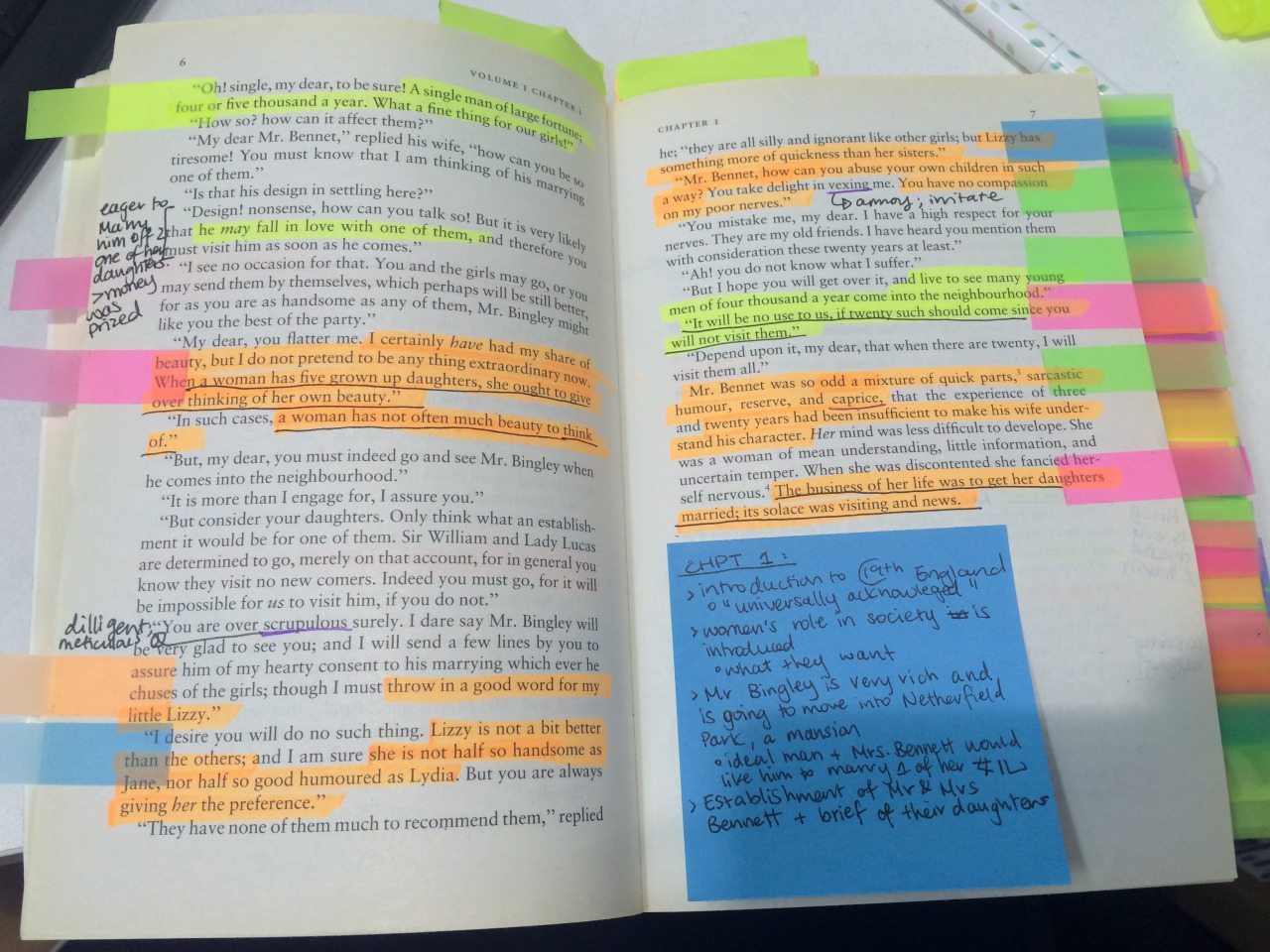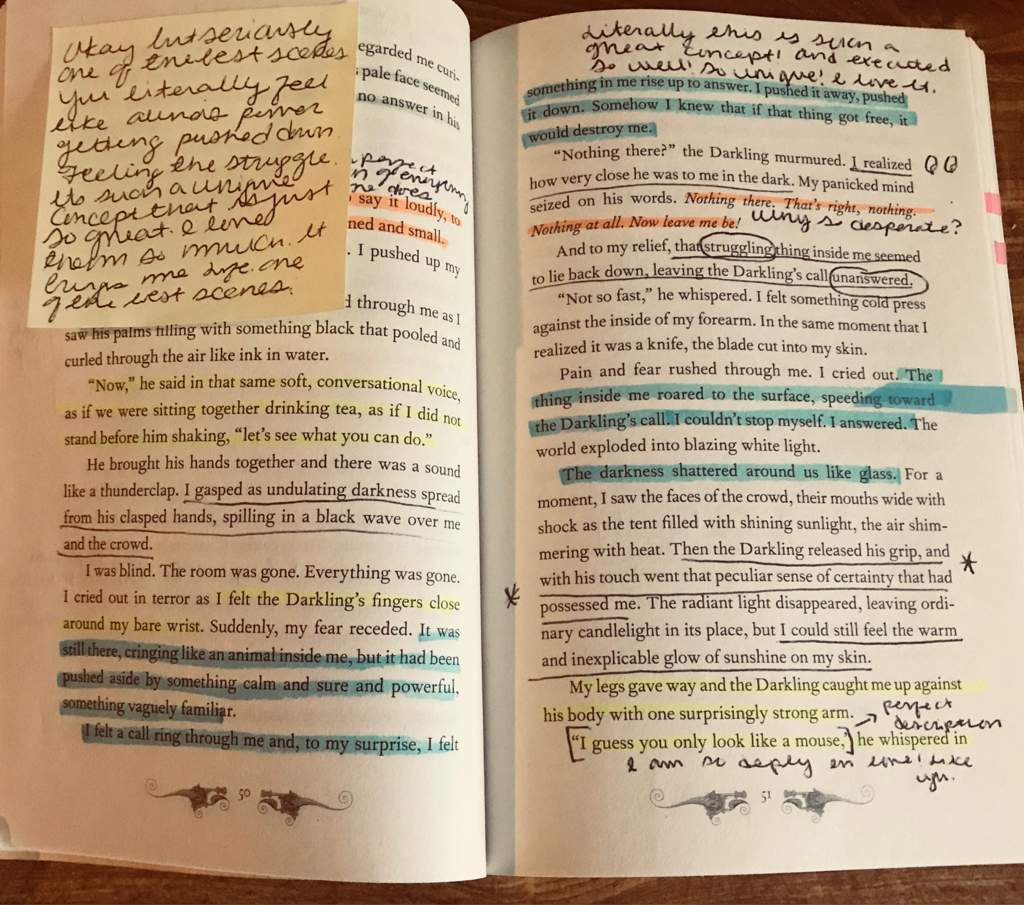

One member mentioned that she likes to take pictures of her favorite passages with her phone and upload them to Pinterest or Instagram as a way of digitally cataloging her favorite sections.ĭoes anyone else think a thin bookmark that doubled as a tiny notebook and sticky flag holder would be ideal for annotation? (This was an idea also spawned during Tea Time.“The typical experience with digital books these days is pretty terrible,” said Dan Whaley, CEO of Hypothes.is, during the opening remarks of an IDPF DigiCon session on Wednesday. This is a perfect option for those that don’t want to mark up their books but also want more room for note taking than a Post-It offers. The other option we saw a lot of our members mention during Tea Time was keeping a notebook, (or a super cute tiny one like this!) nearby and jotting notes down in that. If you take notes this way, how do you ultimately remember what pages you highlighted? A member of our team likes to list out the pages on the book’s title page as a way of indexing everything: There are a variety of options within this style of note taking. This is a classic we like to use in ARCs, paperbacks and sometimes in hardcovers (although it’s hard to mark up hardcovers, we like ours in pristine condition!). For example: yellow flags signify quotes you like, green could signify passages you want to remember for your reviews and red could signify kissy scenes. Plus, like the regular Post-Its, they come in a variety of colors so you can color coordinate your notes. There’s not much room to write anything on them, but they are small enough to keep in your bag so you can use them on the go.

This is similar to option 1, but instead of the regular or larger Post-It, we used these little sticky “flags”. This seems to be quite a popular option as normal sized or large Post-Its have room to write messages down and the sticky backing is preferable to regular pieces of paper because, well, you can stick them to things! Plus, Post-Its come in a variety of colors, so you could totes match your Post-It to your book. We took some photos of ways our community likes to take notes, but we’d like to hear what you think! Join us in the comments and tell us how you annotate your books or link us to a photo example! We discussed this topic in a recent Tea Time (fast-forward to 18:40) and came to the conclusion that there is no right or wrong way to annotate your books and everyone seems to have their own preference.


(Let’s put that as a point in the e-reader column in the epic debate between e-readers and real books.)įor those of you who prefer to read real books, you have a couple of annotation options. If you’re lucky enough to own an e-reader, you already have simple solutions built in to your device or reading apps so we aren’t going to discuss those here. How do you call it out? Today, we are opening the debate on how book nerds go about annotating their books. So you are reading a book and all of a sudden you read a quote or passage that just speaks to you.


 0 kommentar(er)
0 kommentar(er)
